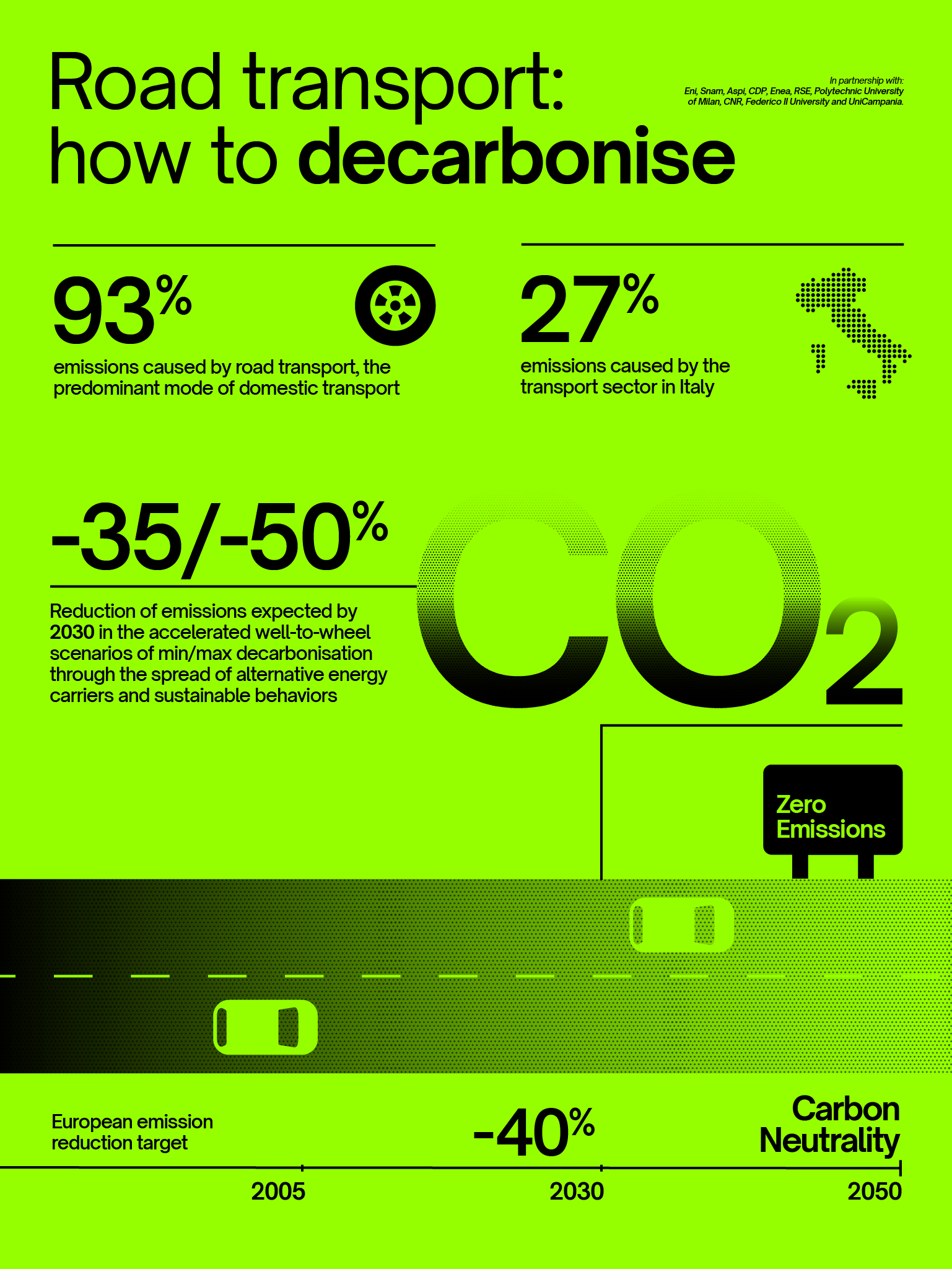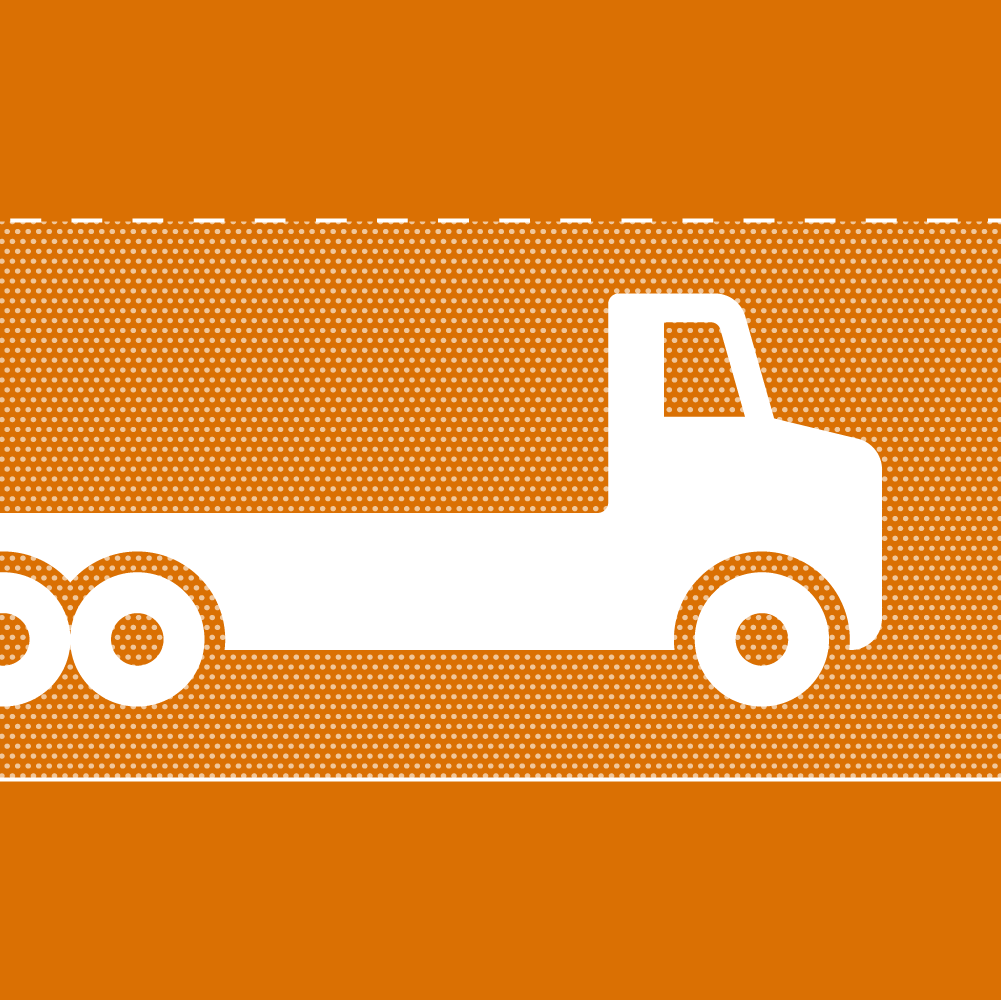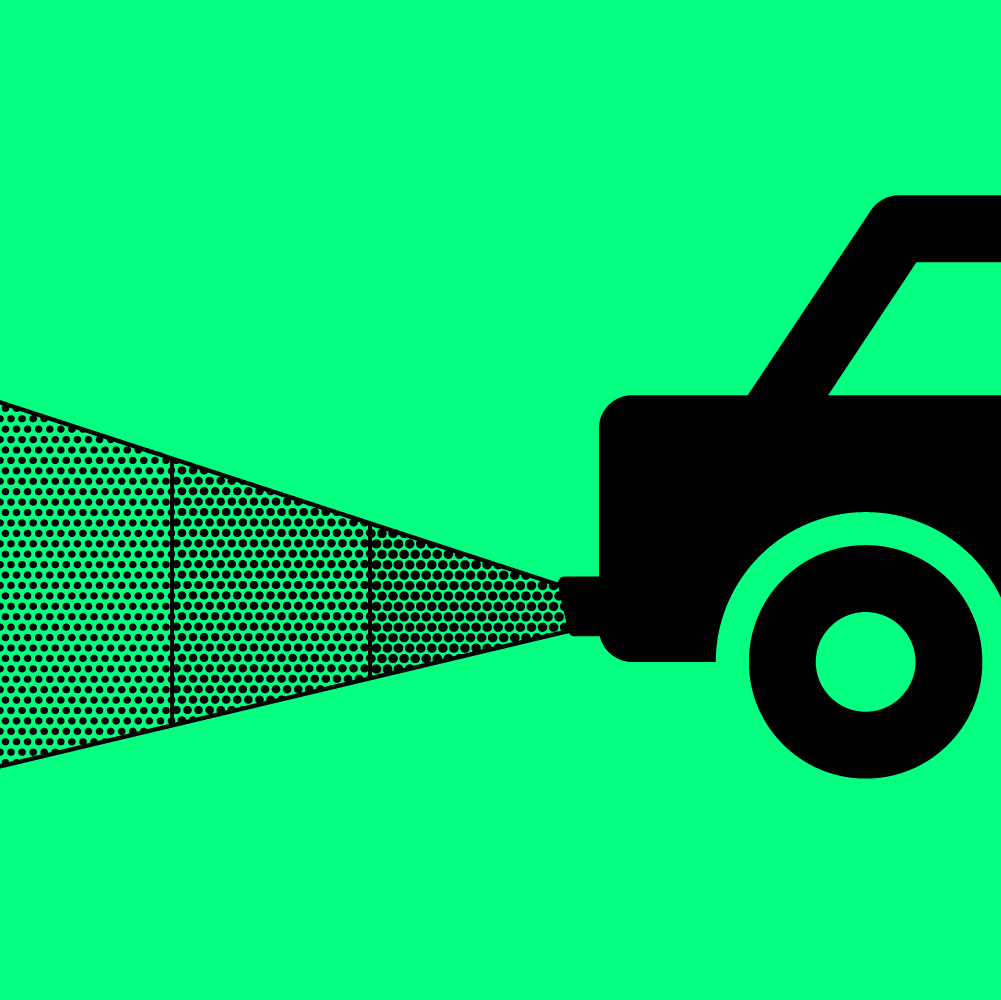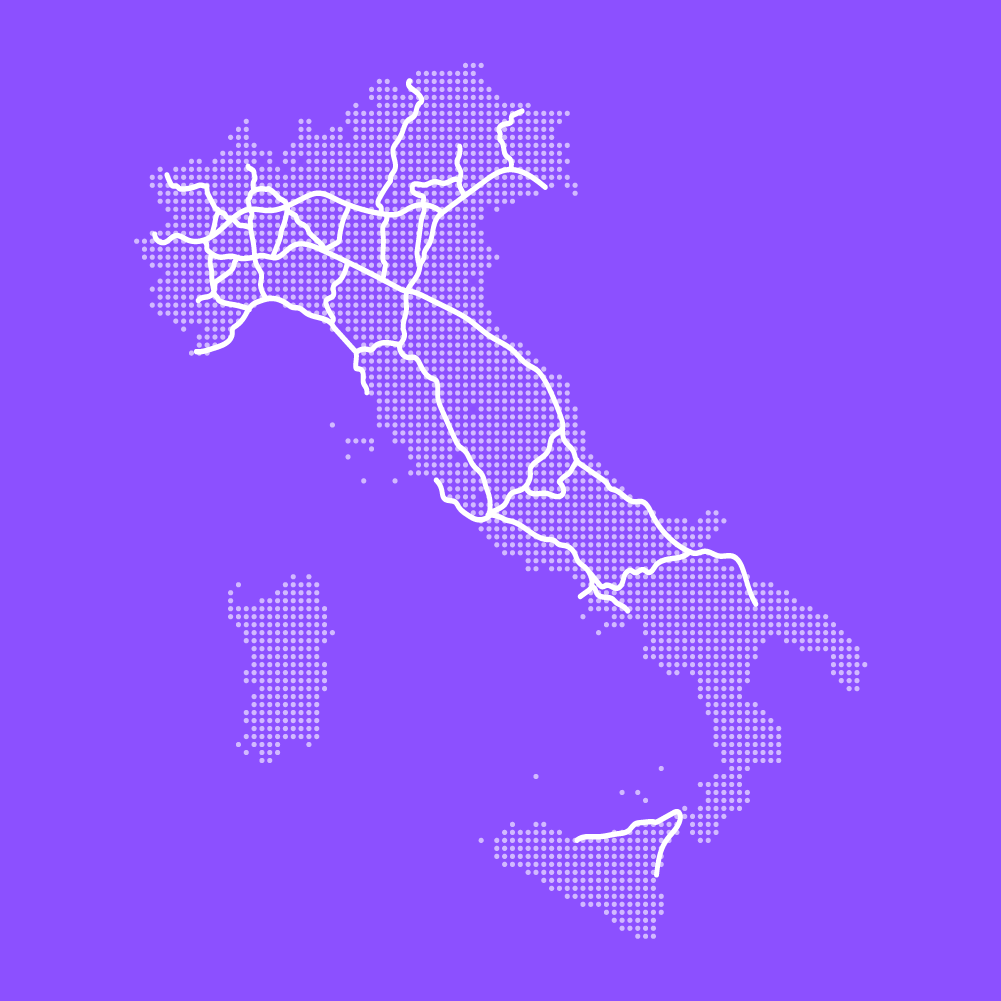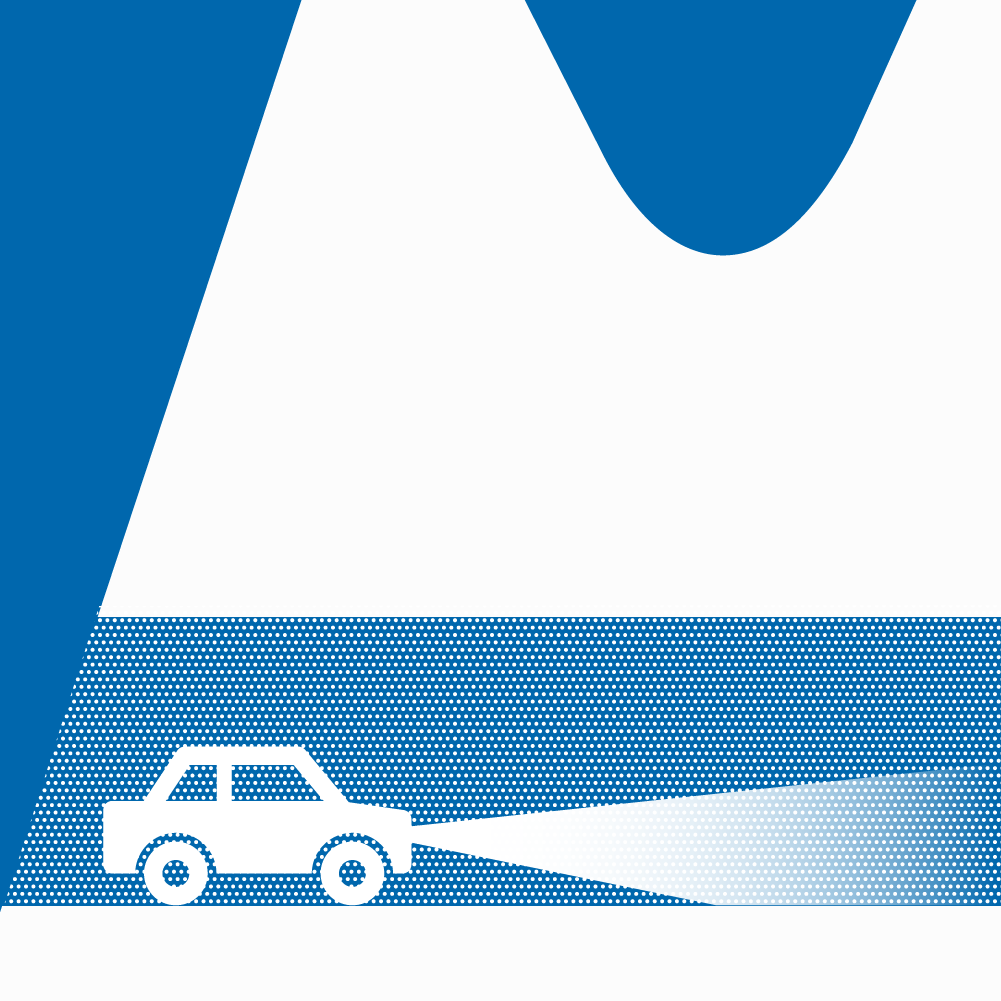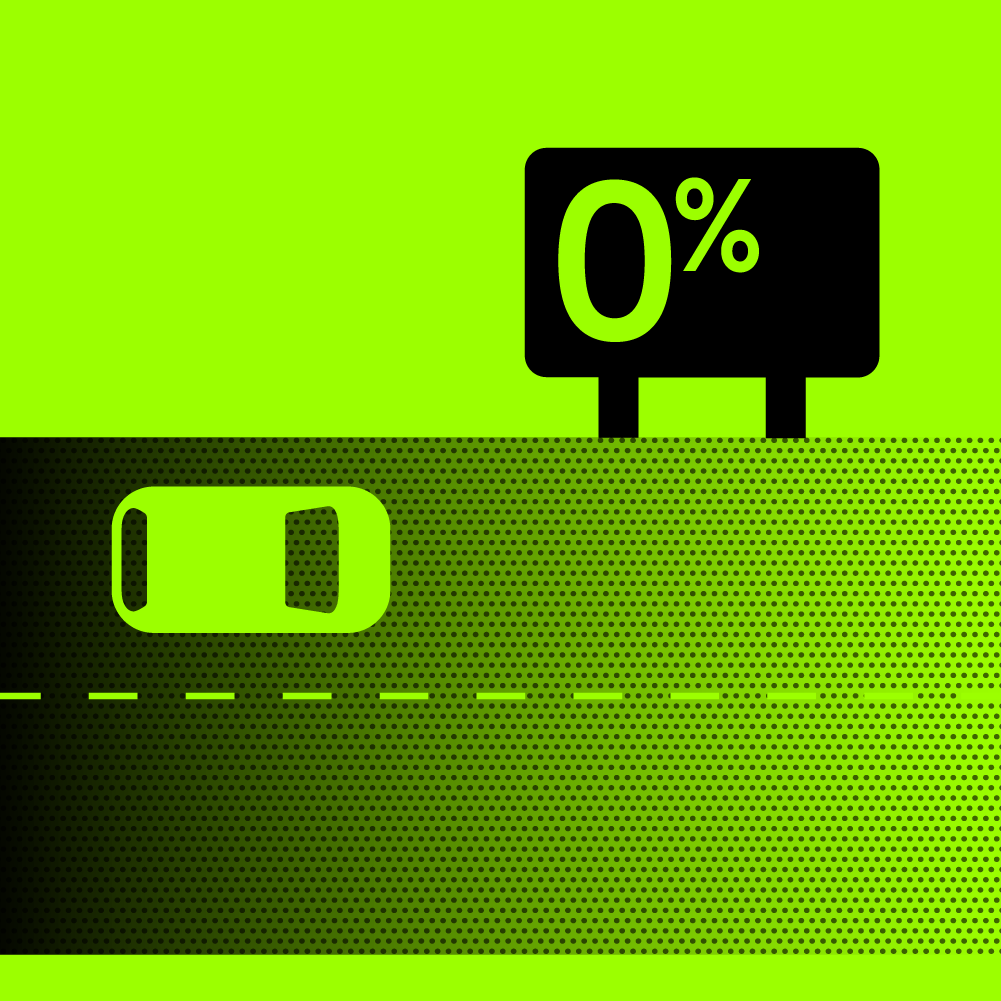Decarbonise transport
Motorways will be the focus of the seventh transport revolution, which will combine the effects of three main factors: the use of renewable energy, the development of connected and self-driving vehicles, and new intelligent mobility services.
The most effective way to approach a problem is to break it down. Our problem is described by just two letters and one number. The implied threat to our species is conveyed through a simple yet serious formula: CO2.
Climate change is the most important challenge facing humanity today. It is no longer an issue that only concerns the scientific community, but a global problem that also affects transport, which in the European Union and Italy produces more than a quarter of greenhouse gas emissions. It goes without saying that road transport and motorways still play a key role in our daily lives and cannot be eliminated anytime soon, despite their downsides. On the contrary, they will be the focus of the upcoming seventh transport revolution, which will revolve around renewable energies and alternative fuels, the introduction of connected and self-driving vehicles for all modes of transportation, and the emergence of new smart mobility services.
Emissions from road transport
In 2019, the last pre-pandemic year, the transport system in the European Union – excluding international maritime traffic – contributed about 26% of the total emissions of carbon dioxide and other climate-changing gases, which is much higher than the global average. The energy industry accounted for 24% of emissions, the rest of industry for 21%. In the transport sector, as much as 72% of emissions are attributable to road transport (this figure rises to 95% if only domestic impacts are considered), followed by maritime transport and aviation (14% and 13% respectively) and, to a lesser extent, rail transport (1%).
The Italian situation is similar to the European one: 27% of the total emissions are related to transport and about 80% of these can be attributed to road transport (this figure rises to 93% if only internal impacts are considered).
According to data from the Transport Cluster, again referring to 2019, cars account for about 77% of road mobility in Italy (expressed in vehicle-kilometres), with about 386 billion vehicle-kilometres, 15% of which are travelled on motorways. Haulage account for about 18% of total road mobility, while about 5% of the kilometres are on motorways.
Passenger transportation is responsible for 82% of all the journeys and causes around 65% of greenhouse gas emissions. On motorways, haulage and passengers equally contribute to the total emissions, while on other urban and suburban roads, the majority of emissions (70%) come from passenger transport.
Target 2030: Reduce road transport emissions
The decarbonisation of transport is an essential component of the Italian and international commitments. The EU has approved the ‘Fit for 55’ programme, which envisages concrete actions and ambitious targets to reduce net greenhouse gas emissions by 2030 (by raising the target to at least 55% below 1990 levels) and so-called carbon neutrality by 2050.
Emissions from the road transport, along with those from other sectors, are monitored by the EU under the Effort Sharing Regulation, with a new overall target of a 40% reduction from 2005 levels. For Italy, the target is a reduction of 43.7% and how this will be achieved is to be determined.
The recent European directive has expanded emissions trading by introducing a new scheme called Emission Trading Scheme (ETS) II. This scheme applies to industries such as road transport and construction that were not covered by the previous scheme. Essentially, ETS schemes place a cap on the maximum amount of emissions allowed by companies under the scheme. Companies can then buy or sell allowances within this limit according to their needs.
In this new system, emissions are assessed at the tailpipe of the vehicle, but “technology neutrality” is guaranteed by recognising a zero value for emissions from biofuels and biogas in the “Tank To Wheel” (TTW) method used to calculate the energy consumed and the greenhouse gases evolved.
Decarbonising road transport is not impossible
The simulations conducted on the decarbonization of road transport have revealed that no current policy alone can achieve the ambitious decarbonization goals set by the EU within a few years (only six years left until 2030). This holds true even when considering the most optimistic spread of electric and hybrid vehicles.
It is important to implement further measures that complement the incentives for electric mobility, provided that the energy used is generated from renewable sources, and the encouraged use of railways. These measures could include the increased use of biofuels, promoting sustainable behaviour in both purchases and transportation. This will help to reduce waste and promote sustainable practices.
The industry partners estimate a distribution capacity on the Italian network of up to 4.5 million tonnes of hydrotreated vegetable oil (HVO) and 2.8 billion cubic metres of biomethane by 2030. These quantities would meet the entire demand for commercial diesel vehicles, as well as those fuelled by compressed natural gas (CNG) and liquefied natural gas (LNG).
A policy that would benefit everyone is to encourage good transportation practices. This can be achieved by increasing the average vehicle load factor by 10%, from 1.3 to 1.43 passengers per car and increasing the freight vehicle loading from 50% to 55% of its maximum stowage capacity.
In addition, the average emissions of cars and freight vehicles could be reduced by 10% thanks to more sustainable driving styles (eco-driving) and the market penetration of more automated vehicles, as well as a reduction in the size of newly registered cars, according to the principle ‘not so big is smart’.
When we combine two scenarios – the accelerated introduction of biofuel and the encouragement of eco-sustainable behaviour – we can see a reduction in emissions between 35 to 50 percent, which meets the decarbonisation goals of the European Union. The projections for motorways are even more optimistic than for other roads. In order to achieve this, we need to use the WTW (Well To Wheel) method, which takes into account the climate-changing emissions produced upstream of the tailpipe, such as in vehicle manufacturing and energy carrier production stages.


